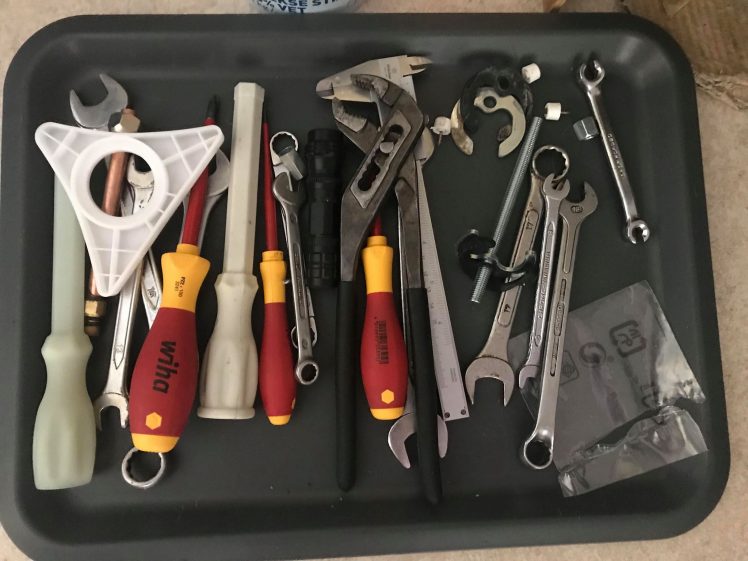the abominable snowflake
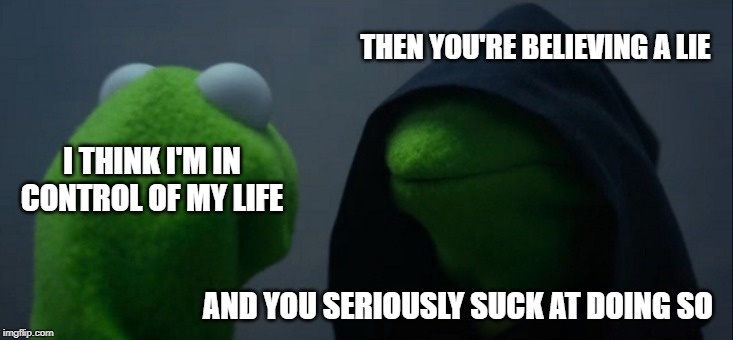

ZOSIA BIELSKI PUBLISHED JULY 23, 2019
Winnipeg relationships therapist Sarah Hunter Murray found a male desire that’s less voracious, indiscriminate and skin deep, and more emotionally complex – fragile, even.

Although sex researchers historically gave male subjects centre stage, they paid surprisingly little attention to how men actually desire. Today, contemporary sexologists say our cultural understanding of men’s sex drive remains simplistic and leans on old clichés – that male libido is always sky-high, self-centred and ready to go, with practically anyone. Men who aren’t this way are still treated as exceptions, not the rule.
Canadian researchers and clinicians are starting to push back on these ideas by asking deeper questions about the inner world of male desire. They’re looking at how heterosexual men lust (and don’t) within their relationships, what motivates them to have sex with their partners, what frustrates them in their intimate lives and how they process rejection from the women they love. What they’re finding counters much of what’s been previously assumed about men.
“We’ve got this stereotype about men’s desire being constant and unwavering. More recently, we’ve got #MeToo highlighting stories of men’s sexual desire being dangerous, toxic and about power. But what else is going on?” said Winnipeg relationships therapist Sarah Hunter Murray.
Murray interviewed nearly 300 men and spoke to hundreds more over a decade in her therapy practice – executives, truck drivers, athletes, teachers and dads among them. Their insights are included in Murray’s recent book, Not Always in The Mood: The New Science of Men, Sex, and Relationships, which offers a rare glimpse into a world we think we understand, but possibly don’t at all.
Notably absent from Murray’s book are the usual tales of raging male libido. One husband is too stressed out by the family business to think about sex. A boyfriend turns down his girlfriend’s advances for two months as he dwells on an unresolved argument. Another husband tells Murray his sexual interest piques when he and his wife talk late into the night. In her conversations with men, Murray found a male desire that’s less voracious, indiscriminate and skin deep, and more emotionally complex – fragile, even.
While Murray offers a strikingly new perspective on heterosexual male sex drive, other Canadian researchers are studying men’s sexual problems in long-term committed relationships. In Halifax, clinical psychologist Natalie Rosen is looking at why men experience low desire with their partners. At the University of Waterloo, PhD student Siobhan Sutherland is exploring male and female partners’ sexual complaints, which happen to be the same. And at the University of Kentucky, Canadian researcher Kristen Mark mines “sexual desire discrepancy” in couples, finding it’s sometimes wives and girlfriends who are more interested in sex than husbands and boyfriends – guys who find this scenario particularly troubling because of social expectations about the supposedly more carnal male gender.
Their emerging research suggests serious blind spots around male desire are harming relationships and holding couples back from broaching what they want in their intimate lives.
“If we ignore the nuances of sexual desire in men, we risk continuing to perpetuate stereotypes – that men’s sexual interest is uniformly high and independent of context – to the detriment of the many men whose experiences are multifaceted,” said Halifax’s Rosen. “In enhancing our understanding of men’s sexual desire, we can improve individual and couple sexuality and ultimately promote the quality of intimate relationships.”
The Globe spoke to researchers – and men – about busting the most pernicious myths lingering around male desire.
Read more

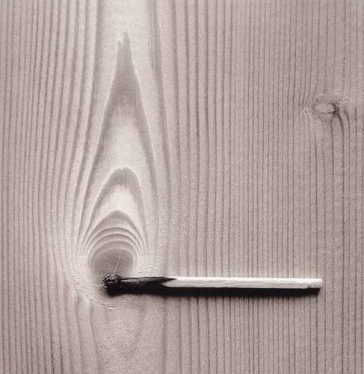
“When mind is freed of being an inner authority—because realize what life is like when mind pretends to be both the inner authority and the outer authority.
That mind only lies, because you‘re always protecting your ass one way or another.
But the moment you liberate mind, the moment you give it an opportunity, well, to be an old dog learning a new trick, it‘s called seeing.
It’s one of those words. What does it actually mean?
I’m not talking about the illusion of the three-dimensional field that we call our seeing.
No, it isn‘t about that.
It‘s about being aware.
This is about grasping everything without having to.
It is the freedom that comes with being able to move through this space correctly” – Ra Uru Hu
Source & more: https://www.qssupplies.co.uk/splashback-study


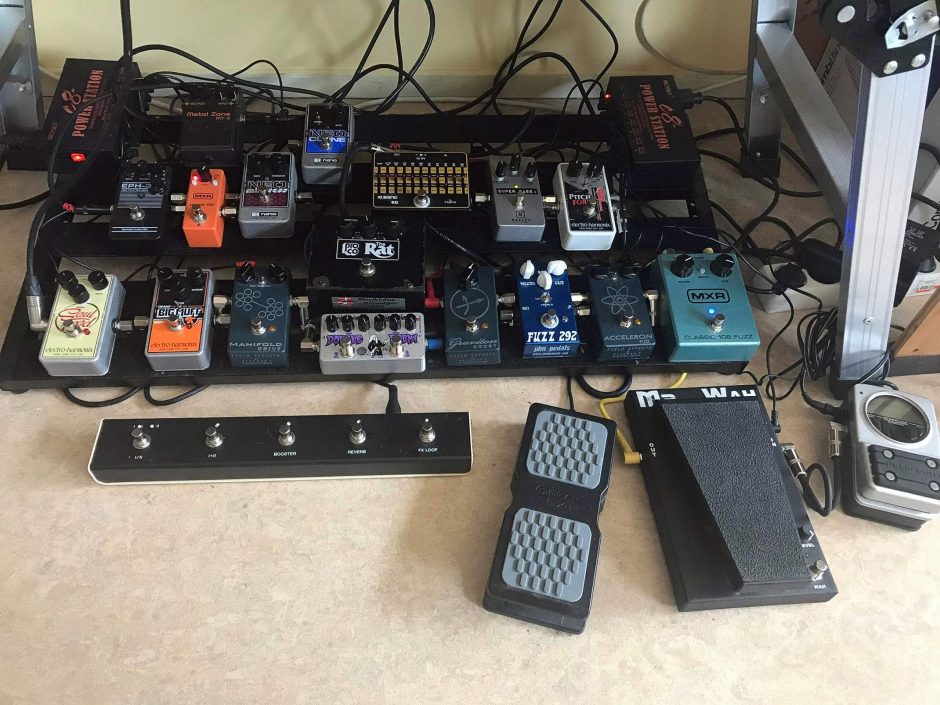

Sequence:
01. Peterson Stomp Classic Strobe Tuner
02. Morley – M2 Wah
03. MXR M173 Classic 108 Fuzz
04. Resonant Electronics Field Effects Acceleron Fuzz
05. JDM Pedals Fuzz 292
06. Electro Harmonix Pitch Fork Polyphonic Pitch Shifter + M-Audio EXP
07. Keeley X Pedals Super Bass X compressor
08. Resonant Electronics Field Effects Graviton Boost
09. Caline CP-24 10-band EQ
10. ProCo ‘Vintage Rat’ distortion
11. Zvex Double Rock distortion/boost
12. Resonant Electronics Field Effects Manifold Drive
13. Electro Harmonix – Op-Amp Big Muff Pi Distortion Sustainer
14. Electro Harmonix – Soul Food Distortion Fuzz Overdrive
15. Electro Harmonix Neo Clone analog chorus
16. Electro Harmonix Neo Mistress flanger
17. MXR – M290 Phase 95 Dual Phaser
18. LovePedal Hermida EPH-3 Tape Sim Delay
19. Boss HM-2 Heavy Metal Distortion Pedal
-Mosky – C8 Powerstation
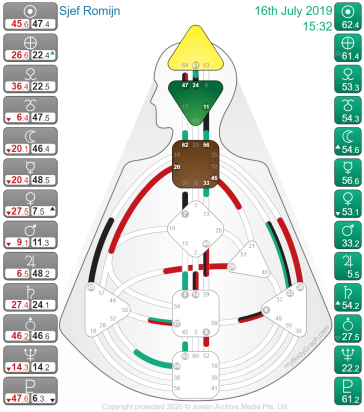
As someone who is in the experiment well over 11 years, and providing my own Transit/Lunar Cycle service, I find the Transit Tool provided by myBodyGraph very advanced, very elaborate too. Maybe even too advanced for beginners.
However, there is so much functionality in it, some obvious by just clicking here and there, some perhaps not so obvious.
So is it for beginners? Yes and no, for some it will be an online honey pot and resource of incredible information, for others it might be a nerd fest of overwhelm.
At the same time, the information that is provided, like all Retrograde Planets, and when they start or end doing so, and other statistics, the live view is fascinating.
Over time one will use a few key functions I presume, you may gravitate towards some different ones than I would, and because it is so elaborate and vast this is all possible.
When having access to Steps 2 and 3 on just one chart, but then not having that same access in the Transit Tool is unfortunate and only overcome by buying the unlimited access.

And sometimes I end up in another information layer I need to remind myself to click the exit cross on the right and come back to the big overview of menus again, where I can then play again with which information to show:
Themes, keynotes and Lines under Planetary Activations
Keynotes, Not-Self Keynotes, Not-Self Questions under Centers
Keynotes under Channels
Elaborate Ordering options under Gates
The many, many ‘hover mouse over’ information baloons
And once activating some of the many options in the ‘show’ menu under the Moon Cycle, another vast bank of info opens up to play with, which I enjoy very much, which I can imagine any beginner struggling with, but starting out with selecting and deselecting which options to show, may help there indeed.
The Ephemeris part did not phase me that much, but can imagine other people have a field day looking forwards or back to certain events, although limited to the years 1900 – 2060. Ok I tried actually and got from December 31st 1899 until May 30st of 2061 😉
Add on: What is odd to me and may confuse others, is the use of the blue and green color. In the MMI, when making a Transit Chart, what is Resonant or you, becomes Green and what forms a Channel (Harmonic) is Blue. In this tool it is the other way around. Luckily there is also the Three Activations view, where the Red & Black of your own chart remain intact and Transits are Green, as seen in the picture top right.
Do check out the descriptions and screenshots here: https://www.mybodygraph.com/shop/product/transit-tool before buying, to see if it tickles you funny, or perhaps not.
A big thanks to Pontus Erik Karlsson (5/1 Reflector) from https://www.thekeytoyourself.com for being paramount in the idea, development and implementation of this online resource.
Read more

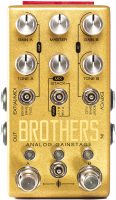
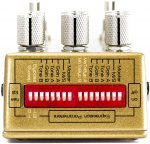
I once had a Chase Bliss Audio ‘Brothers’ pedal, which has a JFET Boost, Drive and Fuzz pedal and also an IC Fuzz, Drive and Boost pedal all in one and then choose to run those IC and JFET either A>B, B>A, or Parallel, and then with 33 total routing configurations.
But one had to choose between Fuzz, Drive and Boost on each side. And I really liked all 3 individual effects on the JFET side of the pedal. So now I’m sourcing the 3 individual pedals of that JFET side being the ‘Graviton Boost’, ‘Manifold Drive’ and ‘Acceleron Fuzz’ Field Effects by Resonant Electronic Design


